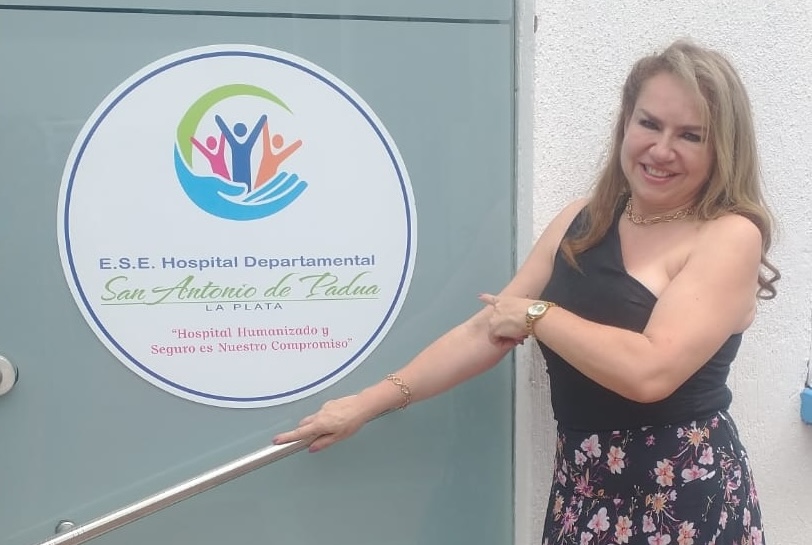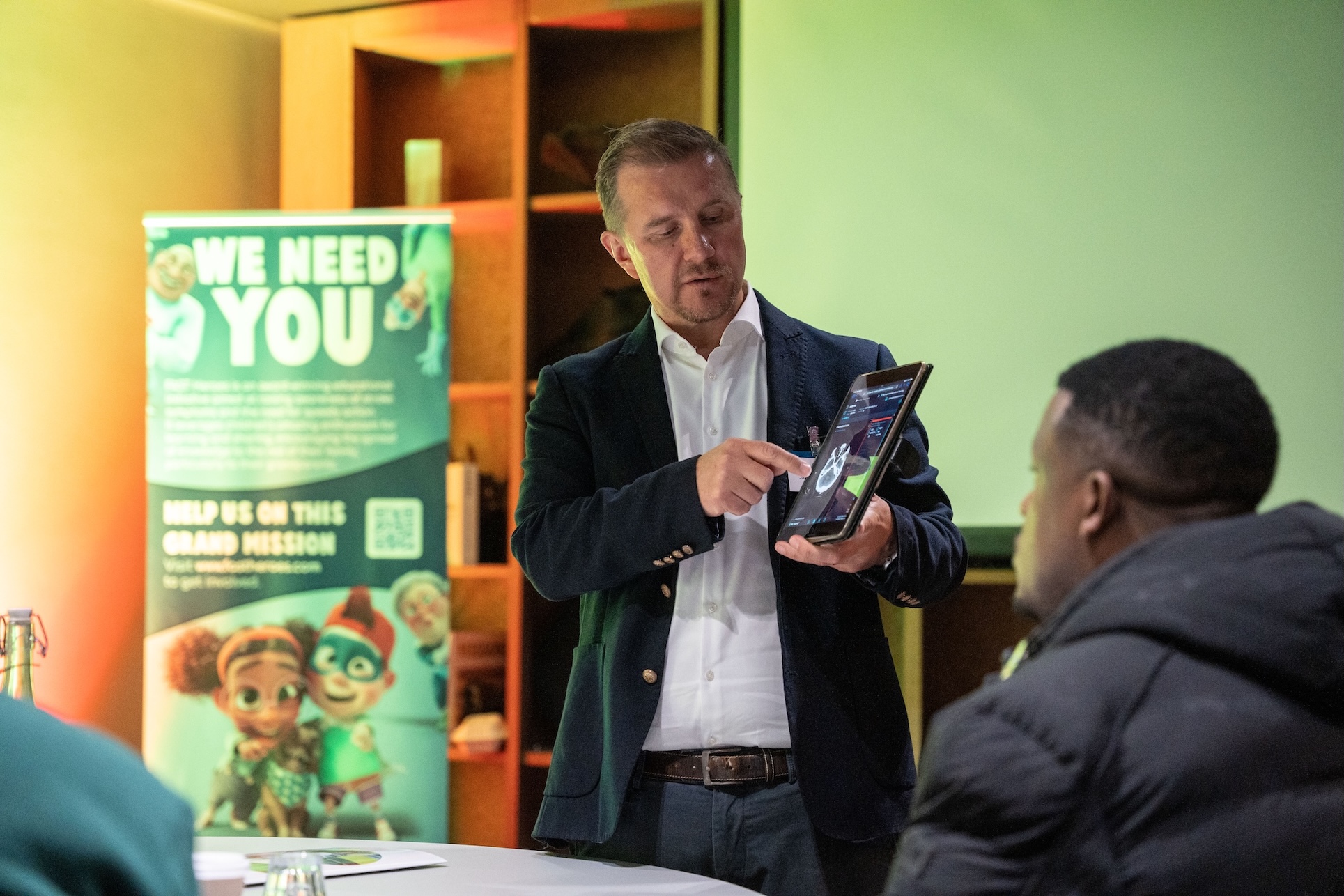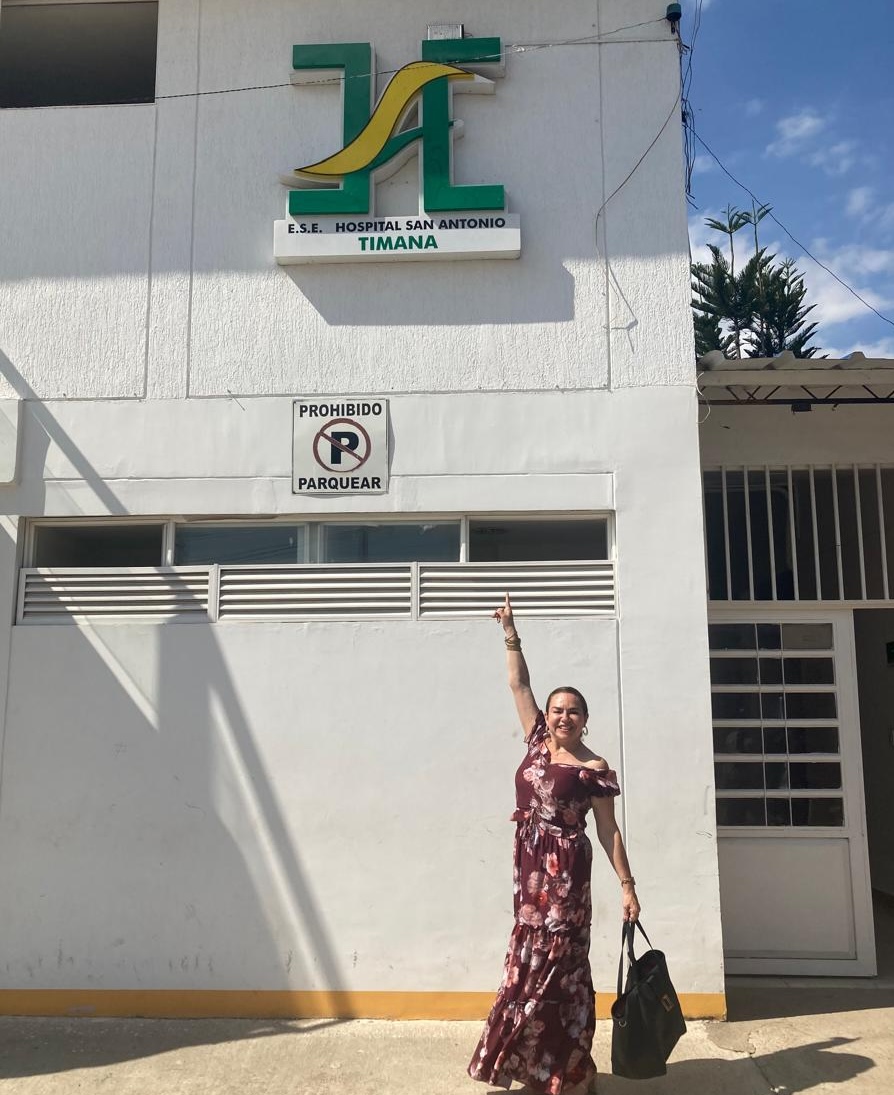
Nel mio bel Paese, come in molti altri in tutto il mondo, osserviamo che, nonostante le strutture ben formate con codici ictus correttamente stabiliti, il tasso di riperfusione per i pazienti colpiti da ictus non cresce come previsto. Il motivo principale di questa situazione è che i pazienti arrivano al di fuori della finestra terapeutica.
Ma cosa causa questi ritardi? Vi sono diversi motivi:
- Mancanza di consapevolezza dei sintomi dellictus nella popolazione generale.
- Terreno geograficamente impegnativo, strade limitate e lunghe distanze verso strutture in grado di trattare un ictus.
- Formazione inadeguata per Servizi d'emergenza su cosa fare e dove andare quando si trasporta un paziente con ictus.
- Mancata implementazione delle scale di identificazione dellictus e dei codici ictus negli ospedali a bassa complessità, che non dispongono di scansioni TC e di protocolli chiari per la gestione e l’indirizzamento dei pazienti con ictus.
- Assenza di una rete di la cura dell'ictus che integra varie parti interessate: ospedali a bassa, media e alta complessità, ambulanza e sistema sanitario.
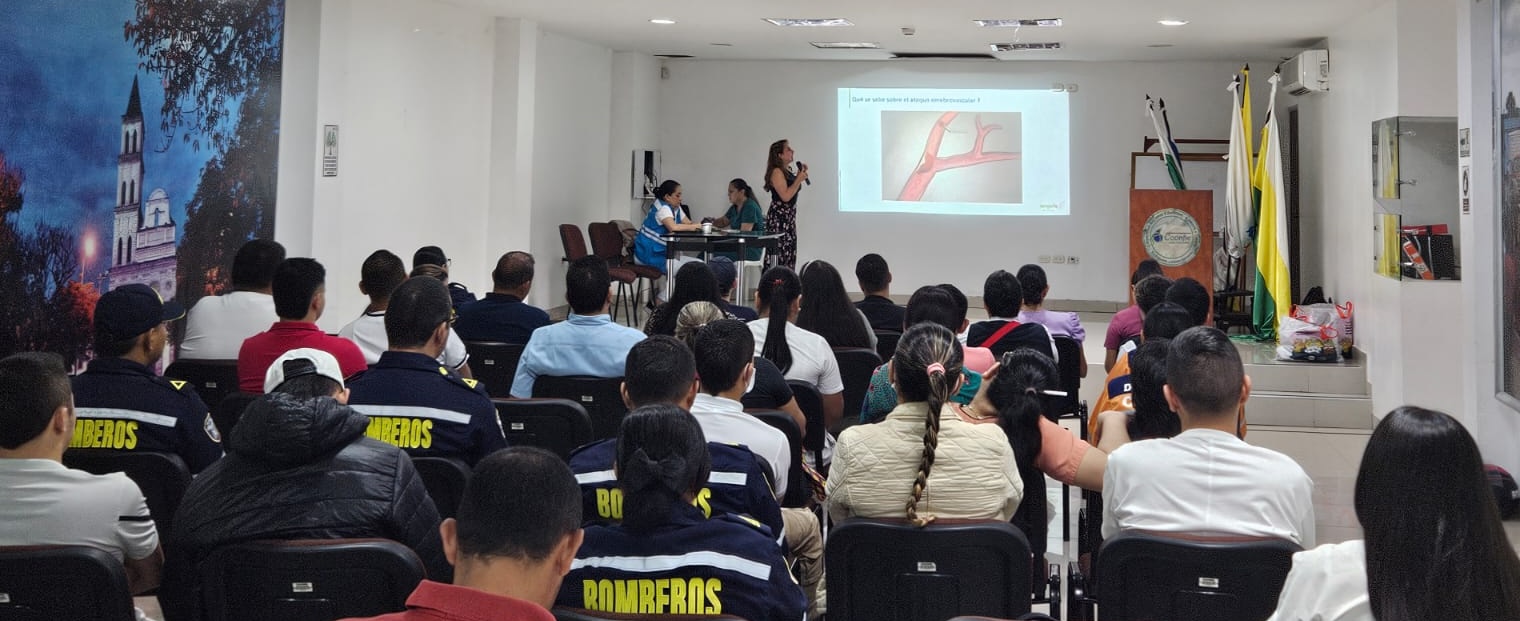
Di fronte a queste sfide e barriere all’accesso dei paziente al sistema sanità, ho deciso di concentrarmi sulla creazione di una rete per l’ictus nel Dipartimento di Huila. Ho scelto quest'area perché è stata la prima regione in cui ho lavorato dove il Segretario del Dipartimento della Salute (un ente governativo territoriale) ha accettato l'implementazione di Angels e creato una rete per l'ictus nell'area.
Abbiamo iniziato collaborando con gli avvocati dell’Entità Territoriale e il Servizi d'emergenza per emettere una risoluzione che classifica l’ictus come un’emergenza vitale che richiede cure tempestive presso il centro più vicino e con la migliore formazione.
Questo lavoro è iniziato ad aprile 2022 e si è concluso a maggio 2023.
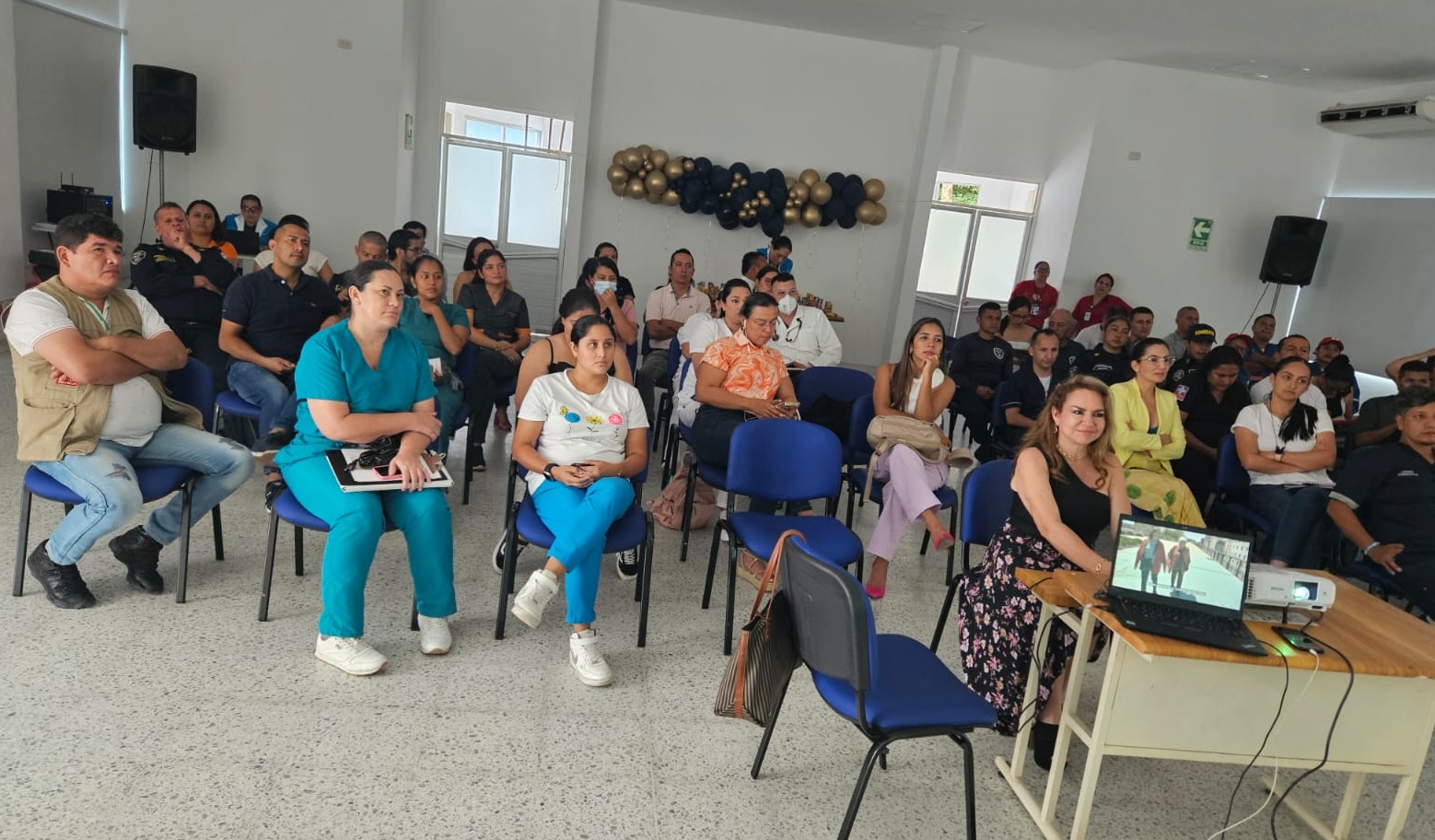
Allo stesso tempo, stavo formando istituzioni Angels e ho aiutato quattro ospedali ad alta complessità nel reparto a vincere WSO Angels Awards, ovvero Hospital de Pitalito, Reina Isabel, Uros e Medilaser Neiva. Questi istituti erano strategicamente situati con due a nord e due a sud della città, consentendoci di dividere la popolazione in due sottoregioni e di aumentare la possibilità di trombolisi. L'attraversamento del reparto da sud a nord richiede circa sette ore.
La risoluzione è stata pubblicata su 18 maggio 2023, dando priorità al trasferimento dei pazienti colpiti da ictus. Con la risoluzione e i centri specializzati, il passo successivo è stato quello di iniziare la formazione degli operatori sanità di primo livello nell’identificazione tempestiva dell’ictus e nel rinvio precoce, insieme al personale Servizi d'emergenza.
Ed è qui che inizia il mio viaggio: conoscere il Dipartimento di Huila e visitare luoghi precedentemente sconosciuti. Per aiutarvi a comprendere meglio la regione, vi fornisco una breve descrizione.
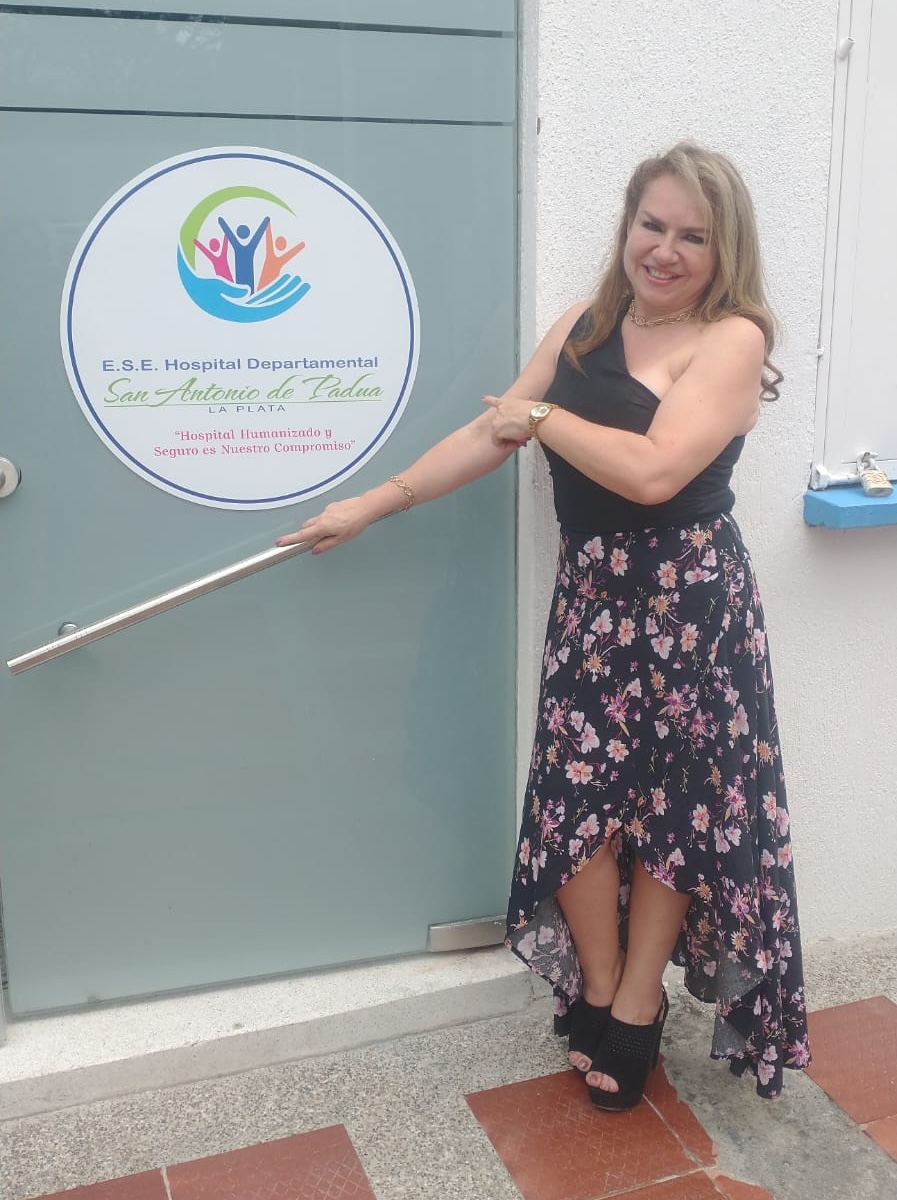
Huila è uno dei 32 reparti che compongono la Repubblica di Colombia. La sua capitale e la sua città più popolosa è Neiva. Si trova nella regione sud-occidentale del Paese, nella regione andina.
Ha 37 comuni e 128 centri di popolazione. La sua economia genera l'1,62% del PIL della Colombia. Tt ha una popolazione stimata (2024) di 1.192.273 abitanti, corrispondente al 2,2% della popolazione totale del Paese.
È formato principalmente dalla grande valle del fiume Magdalena, racchiusa tra gli intervalli di montagna centrale e orientale, che forchetta nel suo territorio e poi si dirige parallelamente a nord, dandogli caratteristiche speciali come avere tutti i pavimenti termali, da un'area del deserto alla neve sulle vette dell'Humila con cappuccio neve. La sua topografia ondulata rende difficile l’accesso da terra.
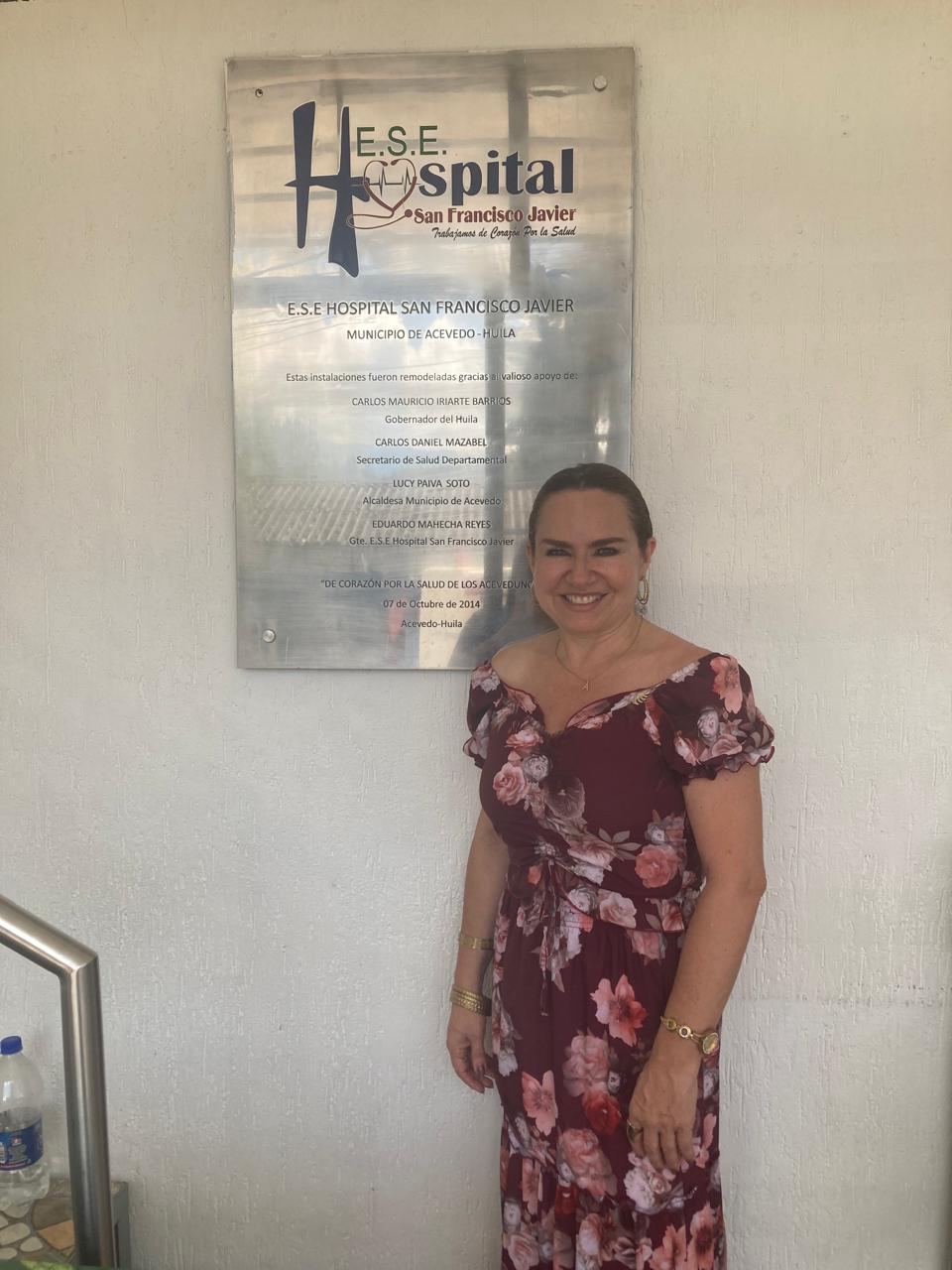
Nel Dipartimento di Huila vi sono attualmente due associazioni indigene legalmente costituite e riconosciute dal Ministero degli Interni e della Giustizia. Questi sono l’Associazione dei Consigli Indigeni di Huila (ACIHU) e il Consiglio Indigeni Regionale di Huila (CRIHU). La popolazione di origine etnica nelle riserve indigene corrisponde a una popolazione di 7.523 abitanti (0,6%) e un totale di 17 riserve indigene nel territorio si trova in gruppi etnici diversi.
Come vi ho detto, dei 37 comuni che compongono il Dipartimento di Huila, solo due hanno istituti preparati a trattare i pazienti colpiti da ictus: Neiva, la capitale, situata a nord, e Pitalito, la seconda città della popolazione, situata a sud.
Ora il piano è quello di formare i 37 comuni che hanno istituti assistenza sanitaria a bassa complessità nell’identificazione tempestiva dell’ictus e del rinvio precoce.
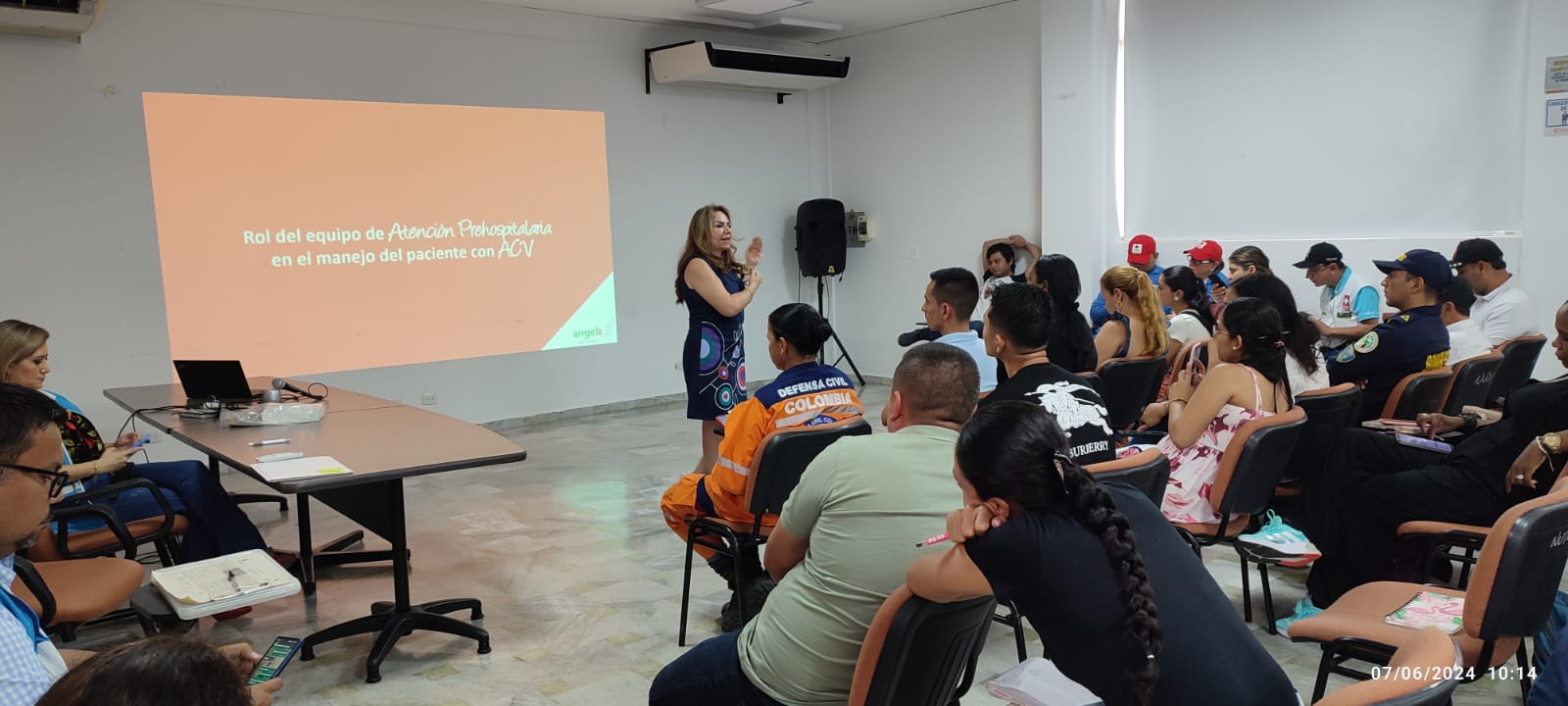
Ho iniziato la mia avventura nel 2024 raggiungendo popolazioni molto distanti, fino a 8 ore via terra da Neiva, ma due ore da Pitalito. Con il supporto della Segreteria di Dipartimento per la Salute e degli ospedali addestrati alla cura dei pazienti colpiti da ictus, sono riuscito a formare 326 persone provenienti da operatori sanitari di primo livello e da assistenza pre-ospedaliera. In totale ho dato sette corsi di formazione in diverse sedi a cui hanno partecipato anche ospiti provenienti da città vicine.
Per me è stato molto soddisfacente vedere i progressi nella la cura dell'ictus che la regione ha avuto. Ogni anno supera quello immediatamente precedente nel numero di pazienti favoriti con terapia trombolitica. Spero che questo lavoro di formazione ai primi livelli, le équipe di sollievo e il personale preospedaliero contribuiranno notevolmente al rafforzamento della rete per l’ictus.
Durante il 2024 continuerò con la formazione per questi team e i miei desideri sono che nella mia prossima anamnesi sul Dipartimento di Huila, posso dimostrare con cifre la crescita del tasso di trombolisi nella regione.
